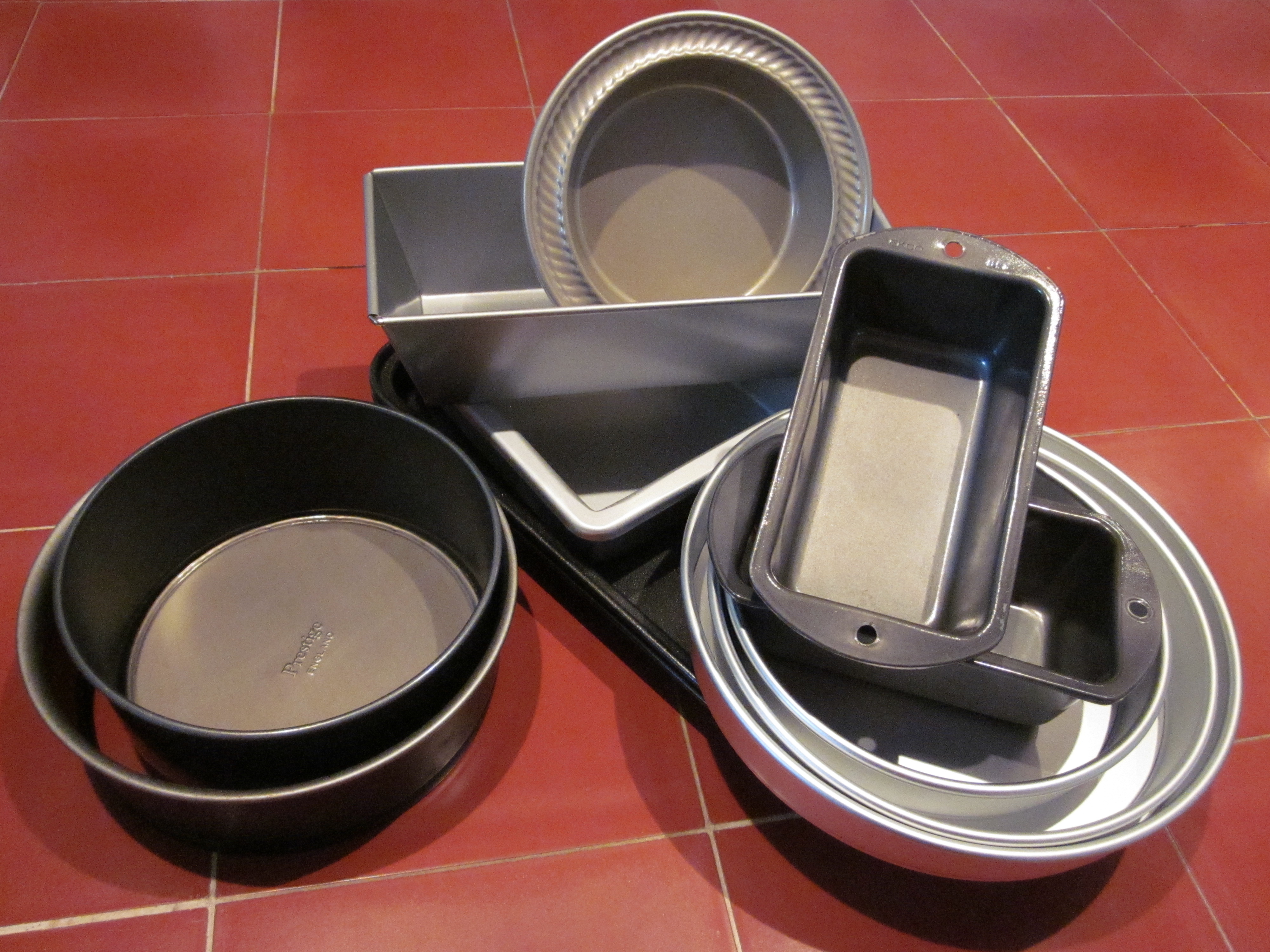Uniformity. The mere word takes me back to my schooldays. Schoolgirls in school uniforms, standing in uniform lines at assembly, singing as uniformly as can be expected of schoolgirls, then filing out equally uniformly to our uniform classrooms. But we were relatively lucky at my school. Unlike other schools who went drably clad in maroon, dark green, navy blue and the like, we had the choice of four pastel colours: pink (yuck! too sweet), yellow (ack! makes any medium complexion look like mud), green and blue. First to third formers had to have small pleats in their skirts; fourth and fifth formers had box pleats. If you made it to the sixth, you enjoyed the privilege of an A-line skirt, even with a slight flare to it, if you wanted. So we were more fortunate than many, because our uniforms were not quite uniform. Uniformity is not something I generally admire. I’ll take eccentrics, free thinkers and flamboyant dressers any day. Misshapen fruit and veg too. And please keep the slick pastry-shop, production line cakes away from me. But there is one area in which I long for uniformity: baking tins.

Is it too much to ask for manufacturers to stamp their tins with the real dimensions? Or even to tell us what it is that they are measuring? And surely, when volume measurements are given, they could take the trouble to label the packaging correctly. It’s hard to measure volume wrongly. Recently, I wrote to the customer service department of a top American manufacturer, whose tins I really love. They are beautifully crafted and give excellent results in baking. Because I am a bit finicky – and because of the non-standardisation of sizes – I tend to measure a tin before I use it for the first time. The cardboard packaging of the sweetheart rose sheet blithely announced that the cavities would fit more than they turned out to fit. Which leaves you with a choice: overfill and end up with misshapen cakes, or have leftover batter reproaching you from the mixing bowl. I dutifully emailed them, to tell them about this slip-up. Next day, I received the following message from a bored customer service representative: ‘thanks for the information – I have passed on to our products team.’ Naively, I thought that ‘products team’ would let me have some kind of response. I am still waiting. And I have lost a tiny bit of my naivety.
Rectangular and square tins are an absolute nightmare. As they tend to have sloping sides, you are left with the question: ‘did they measure the top or the bottom? And if the top, was it the inside or outside?’ Volume measurements for loaf tins are the logical option, as no two companies seem to use the same length x breadth x height criteria.
I feel that manufacturers are trying to keep everyone happy, so what they do is pick a metric or Imperial number (depending on the company’s location) and match it with a rounded-off opposite number. But which is the right one? Is 8″ really 20 cm? And is 9″ the same as 24 cm? 8″approximates quite well to 20 cm, but 9″ converts to 22.86 cm. And, as they have a maddening tendency to give you the furthest exterior dimensions possible, including the curled metal rim, the inner dimensions usually turn out to be scant 22 cm. Those two centimetres can make all the difference between success and failure.
Last year, I was thrilled to discover springform tins that actually had the inner dimensions that were stamped on them. This well-known manufacturer of French cast ironware has now branched out into several other areas, including high-quality metal baking tins. In a wave of euphoria, I felt like immediately calling them up to congratulate them on using a common sense approach. (Their website proved too confusing for me to do so.) Thinking it over, I realised that these correct dimensions don’t mean much, unless other manufacturers follow suit and all use a reliable standardised system.
You may feel that I am splitting hairs. Perhaps I am, just a little, but my frustration is great. I write with joy and enthusiasm for readers around the world and my books usually carry both metric and Imperial measurements. But what actual tin size am I writing a recipe for? Will the batter run over in my readers’ possibly mislabelled tins? Or will there be too little batter in too large a tin, with a dry and unappetising end result? Please, manufacturers, make us happy and tell us the truth. Even better: use a properly standardised system that really is the same all over the world. We live in a global marketplace. We see each other’s stuff on Facebook and internet every day. And we want it too. It no longer matters where we live. A click of the button is enough to obtain your lovely products.
Normally, uniformity of any kind is my sworn enemy. But it is there for a purpose, don’t you think?

 Visit my Facebook page
Visit my Facebook page
I couldn’t agree more! I am always guessing and have had cakes overflowing in the past. And not using all the batter just feels wrong.
Yes, it does, doesn’t it, Joost? So the natural impulse is to overfill…